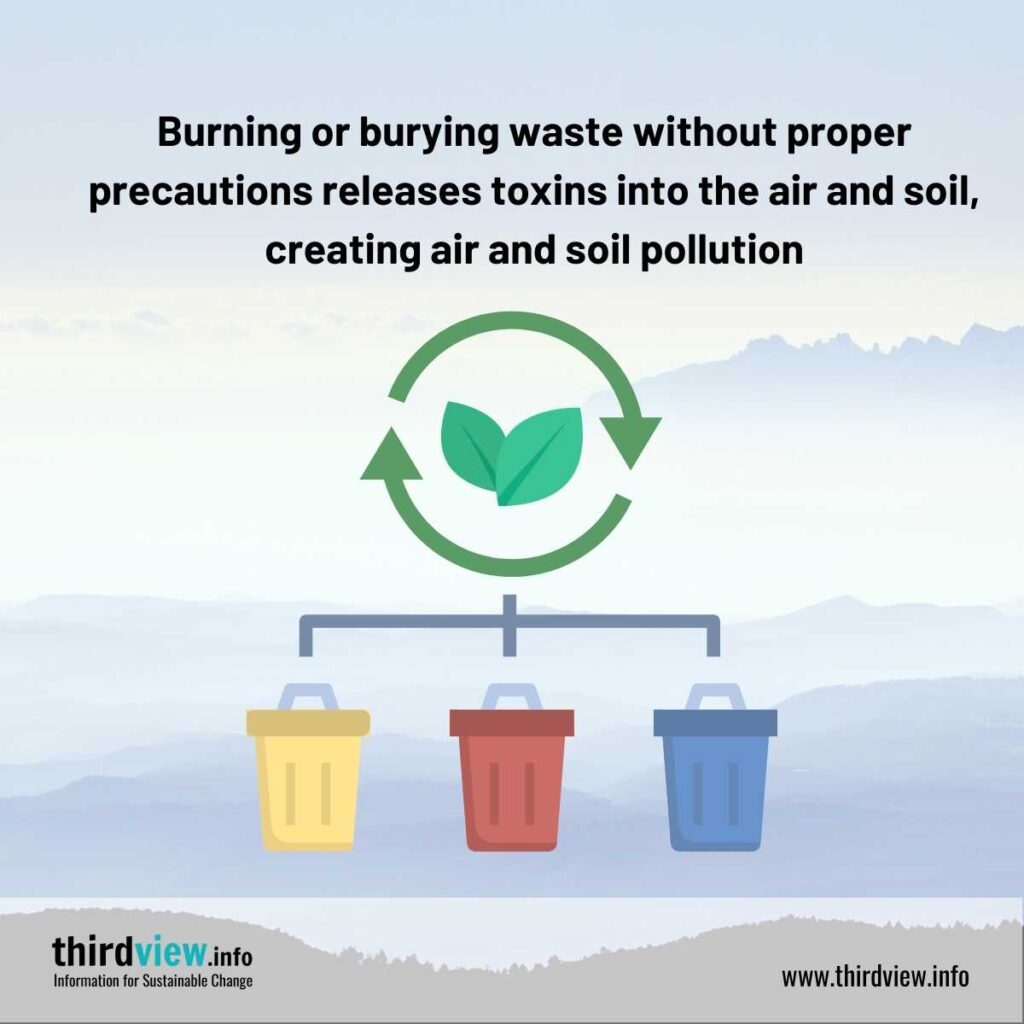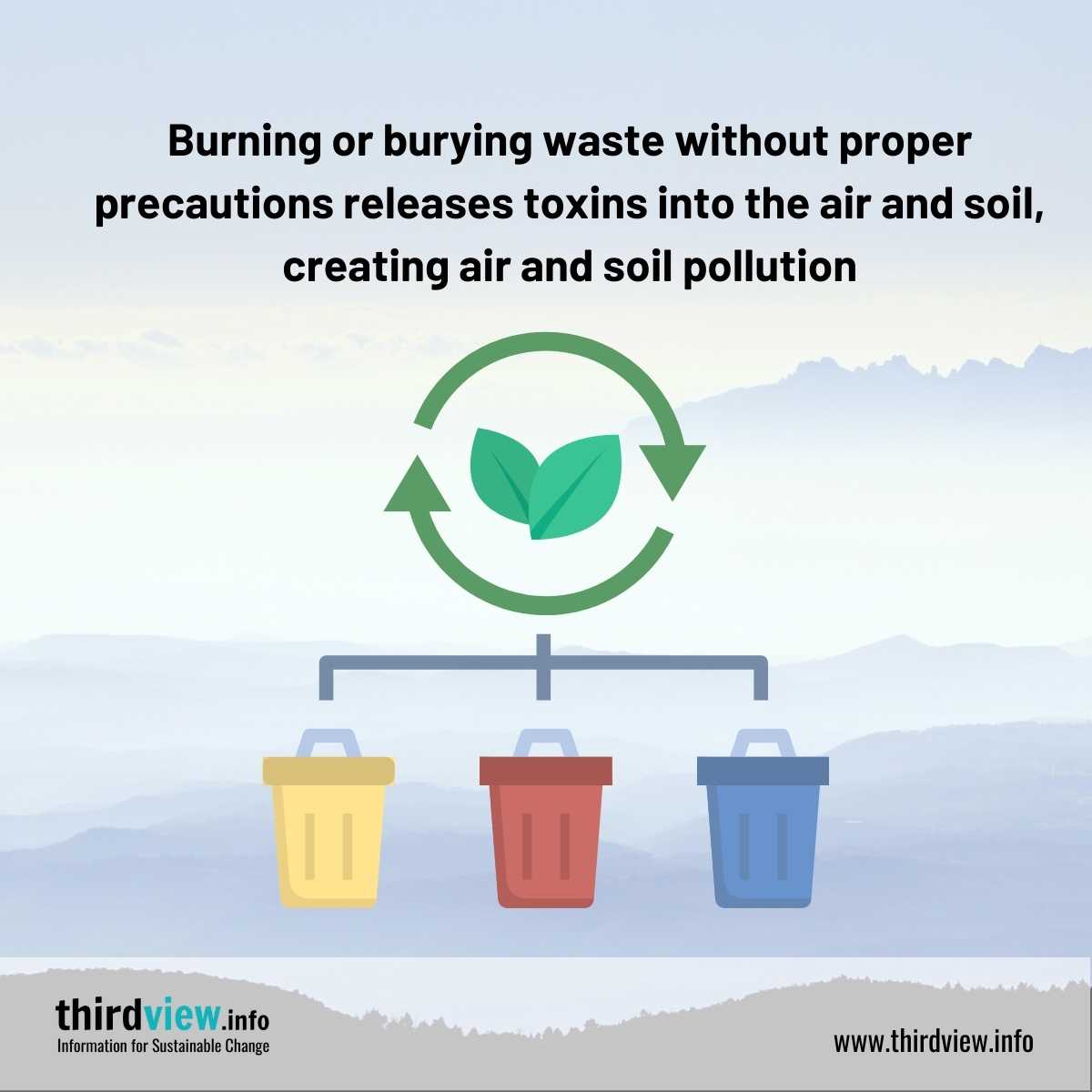Every year, billions of tons of hazardous materials are generated throughout the world. Whether it’s from manufacturing processes, medical procedures, the use of pesticides, or even something as benign as automotive maintenance, hazardous waste can be found everywhere. Properly disposing of these materials is incredibly important in order to ensure public safety and environmental protection. Let’s look at why proper disposal is so critical and what can happen if done incorrectly.
The effects of poor disposal practices
Hazardous materials are all around us, from the batteries in our phones to the chemicals used for cleaning. Improper disposal of hazardous materials can have far-reaching consequences for both human health and the environment. These materials have the potential to contaminate soil and water sources, leading to long-term contamination that can affect wildlife populations for years to come. They also pose a risk to humans who may come into contact with them through inhalation or ingestion. For example, exposure to asbestos fibres has been linked to a number of serious respiratory illnesses such as mesothelioma and lung cancer.
In addition, improper disposal can lead to significant economic costs due to the clean-up efforts required once the contamination has occurred. Cleaning up contaminated sites is an expensive process that often requires specialized equipment and personnel. It can also take years or even decades before a site is considered safe for human habitation again – if ever!
What to do with hazardous materials
So, what should you do with hazardous materials? The answer depends on the type of material in question and where you live since laws vary from country to country. Generally speaking, though, all hazardous materials should be disposed of properly by following local regulations and guidelines. This usually means taking them to an appropriate recycling centre or landfill that specializes in handling such items. Additionally, many places offer special collection days during which residents can drop off their hazardous waste at designated sites free of charge – so make sure you check your local area for more information on this program! Lastly, make sure you read the labels on the products you purchase — many will list specific instructions on how to dispose of them properly.
Properly disposing of hazardous materials is critical in order to protect both human health and the environment from contaminants that could otherwise cause significant damage over time. Fortunately, there are resources available that make it easy for individuals and businesses alike to locate appropriate disposal sites in their area so they can rest assured knowing their waste is being disposed of responsibly. By taking a few extra steps when getting rid of hazardous materials, everyone can help keep our planet safe and healthy for generations to come!


